Here in Jasper, Georgia, we believe your garden should shine, literally, even after the sun goes down. If you’ve spent time and love designing your landscape, why let it disappear at night? The right outdoor lighting can turn your garden into a magical evening retreat, whether you’re hosting friends or enjoying a quiet glass of sweet tea under the stars.
Whispering Springs loves helping homeowners highlight their outdoor spaces with creative, functional, and beautiful lighting.
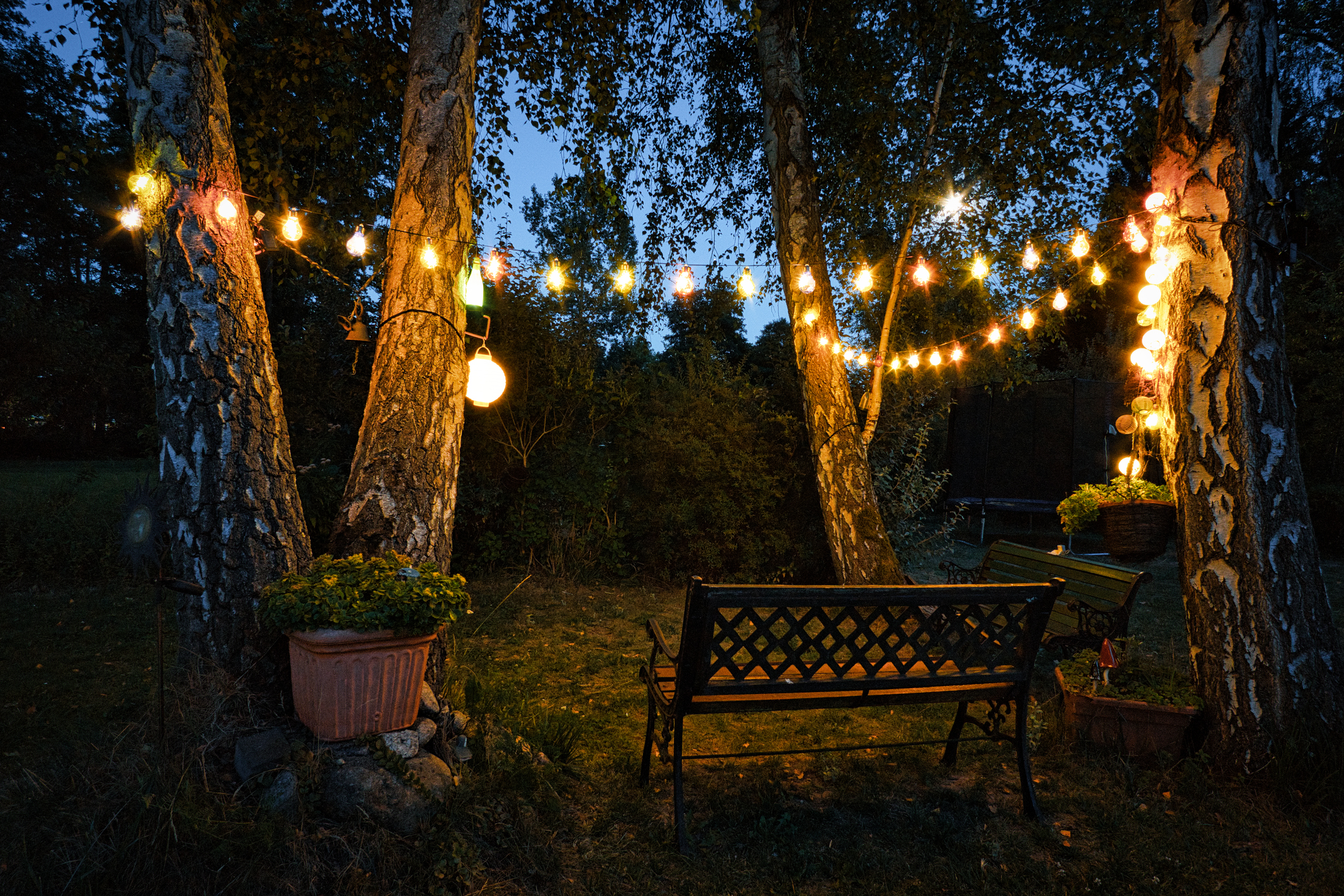 If you’re wondering where to start, here are a few of our favorite ideas to get your garden glowing:
If you’re wondering where to start, here are a few of our favorite ideas to get your garden glowing:
1. Pathway Lights
Soft lights lining your walkways not only look stunning but also help guide your way after dark. Choose warm-toned LEDs to create an inviting, golden glow that highlights your landscaping and keeps things safe for guests.
2. Uplighting Trees & Focal Points
Got a gorgeous oak or a flowering crepe myrtle you’re proud of? Give it the spotlight, literally. Uplighting shines from the ground upward, creating dramatic shadows and drawing the eye to your garden’s best features.
3. String Lights For Cozy Vibes
We love a backyard with a bit of twinkle. String lights draped across a patio, pergola, or even between trees can add instant charm and ambiance, perfect for relaxed evenings or backyard get-togethers.
4. Water Feature Lighting
If you’ve got a fountain, pond, or stream, don’t let it fade into the dark! Subtle underwater or edge lighting will highlight the movement of the water and make your yard feel like a resort retreat.
5. Solar-Powered Accents
Want a low-maintenance, eco-friendly option? Solar lights charge during the day and automatically come to life at night. They’re perfect for garden beds, borders, or accenting special plants.
Let our team at Whispering Springs help you light the way!
If you’re dreaming of a garden that glows, we’re here to help. Check out our landscape design services to learn how we can design a lighting plan that brings your outdoor space to life, day and night.
Want more inspiration? Follow us on Facebook to see how local Jasper gardens are lighting up with a little help from Whispering Springs.
Your landscape deserves a moment in the spotlight. Let’s make it shine!
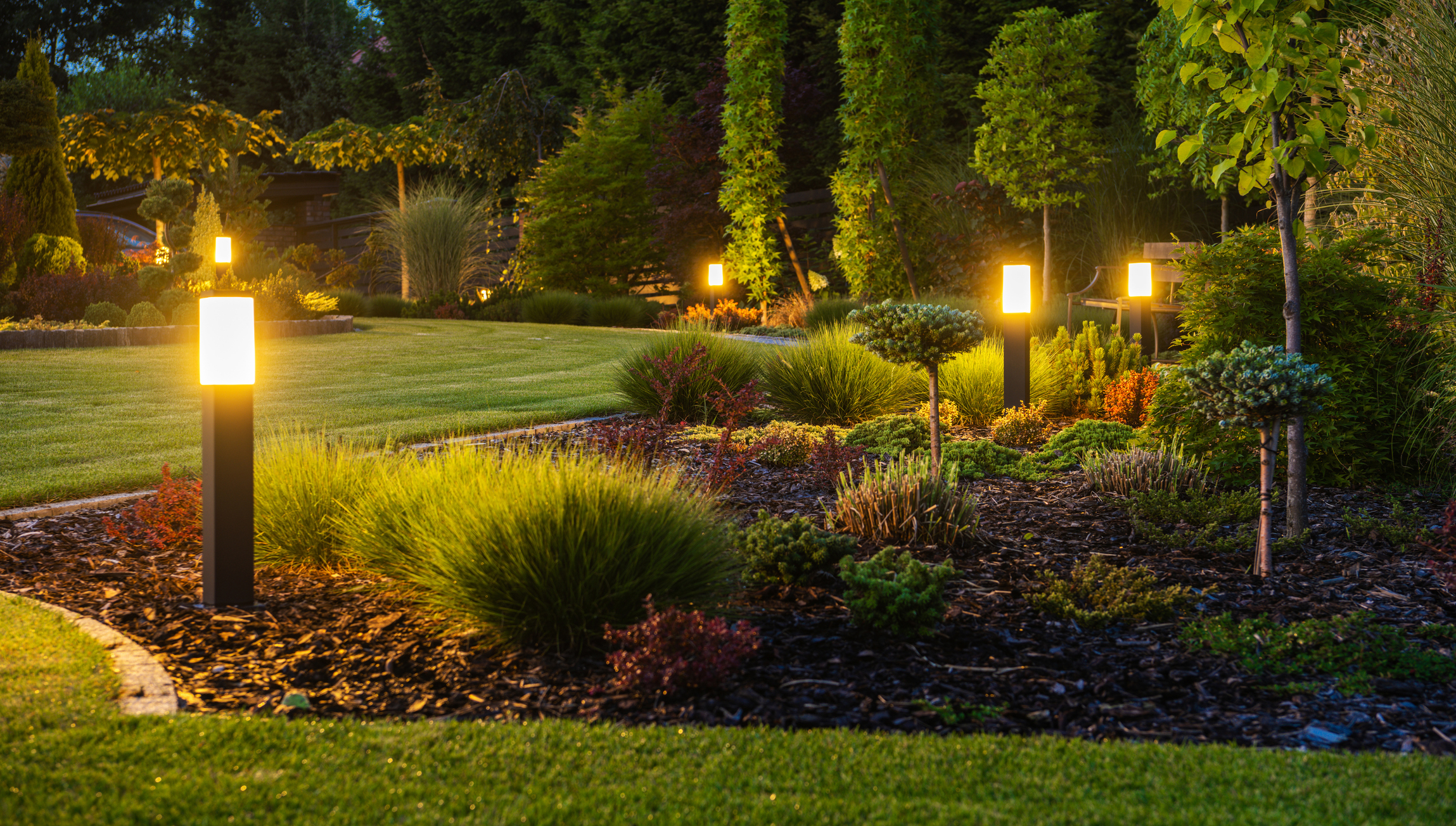



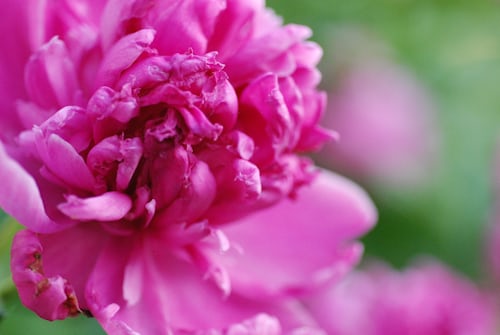 What Is A Micro-Garden?
What Is A Micro-Garden?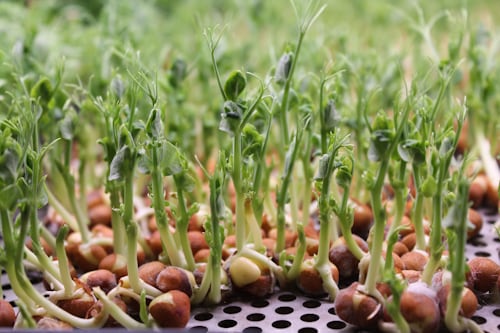
 Here’s a quick guide to help you decide what might work best in your yard:
Here’s a quick guide to help you decide what might work best in your yard: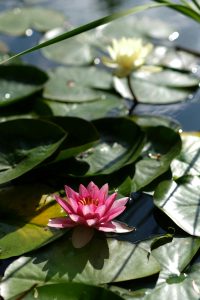
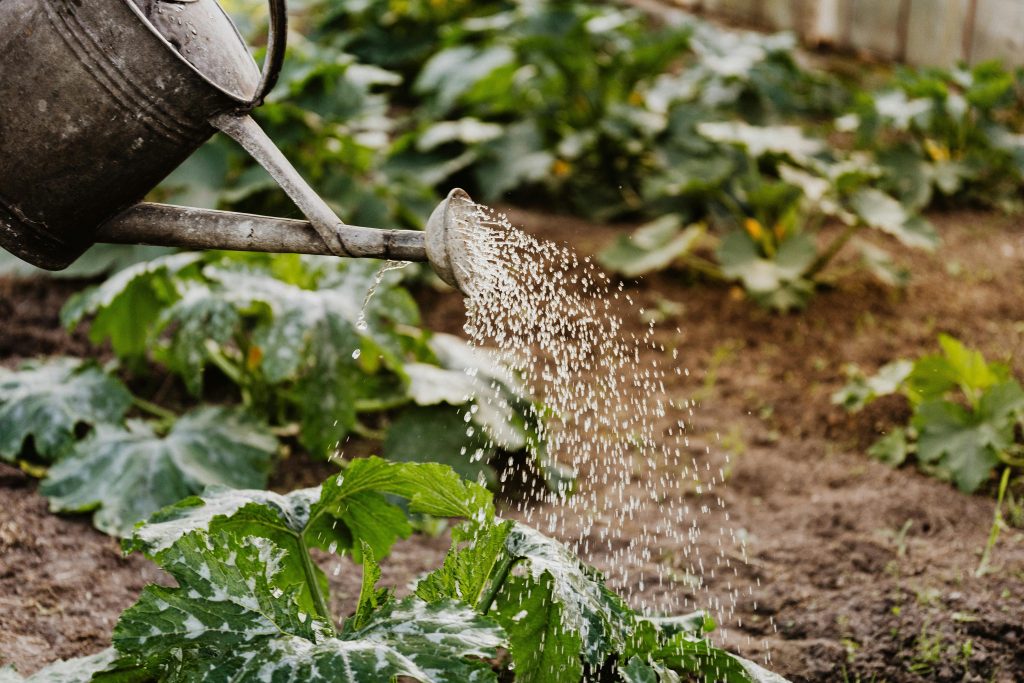
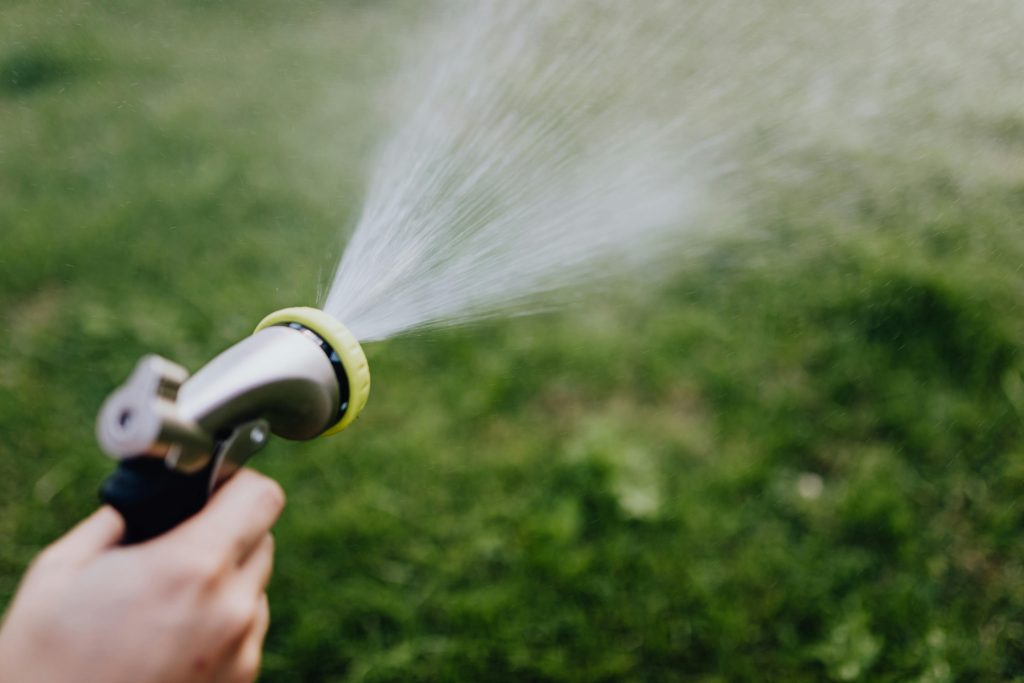
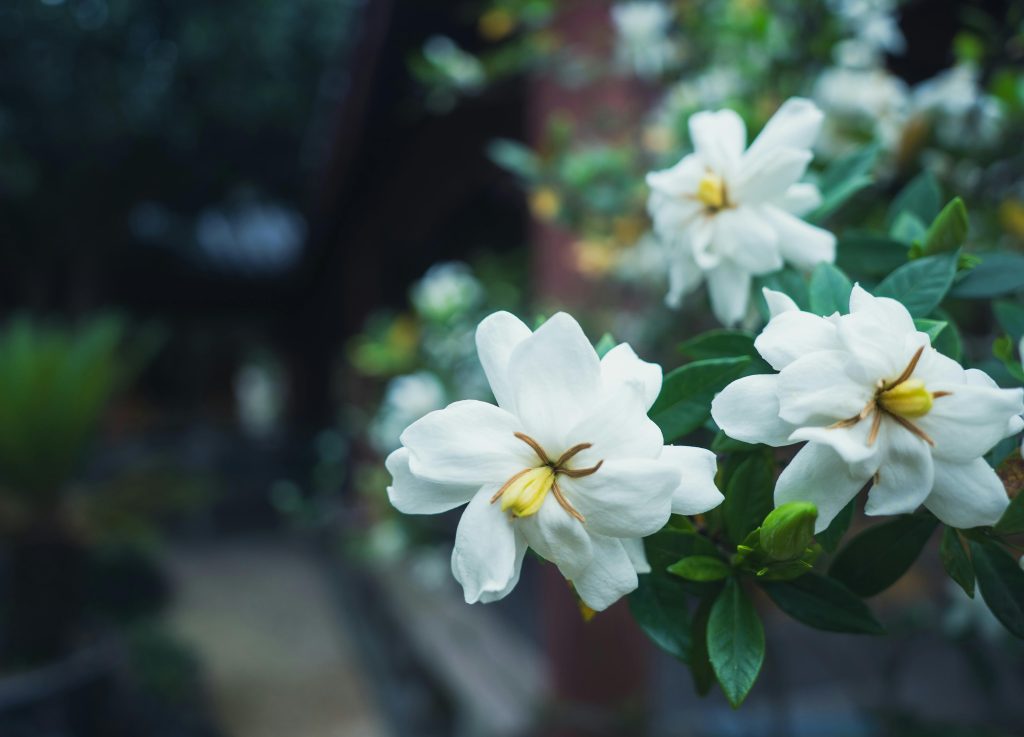 Watering Wisdom
Watering Wisdom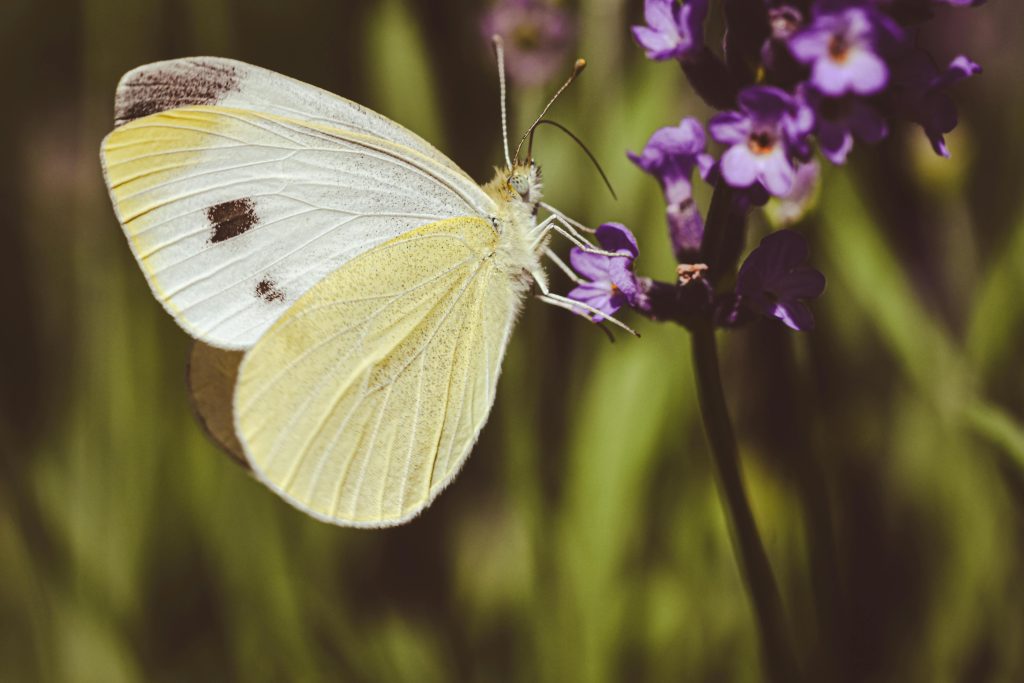 Whether you need help selecting the right plants, adjusting your watering setup, or just want someone else to do the hard work, Whispering Springs is proud to be your go-to landscaping team in Jasper, GA.
Whether you need help selecting the right plants, adjusting your watering setup, or just want someone else to do the hard work, Whispering Springs is proud to be your go-to landscaping team in Jasper, GA. 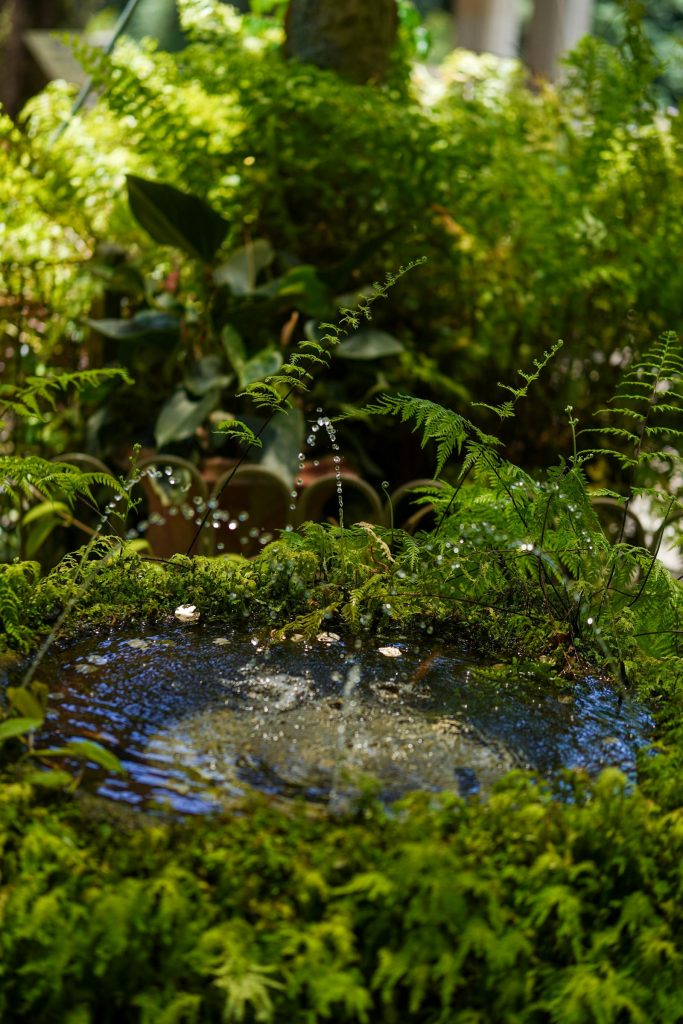 Why Choose A Naturalistic Water Feature?
Why Choose A Naturalistic Water Feature?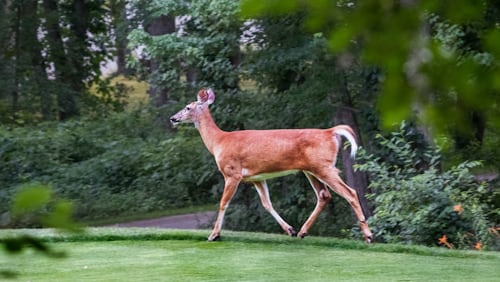 The Best Deer-Resistant Plants To Use In Georgia
The Best Deer-Resistant Plants To Use In Georgia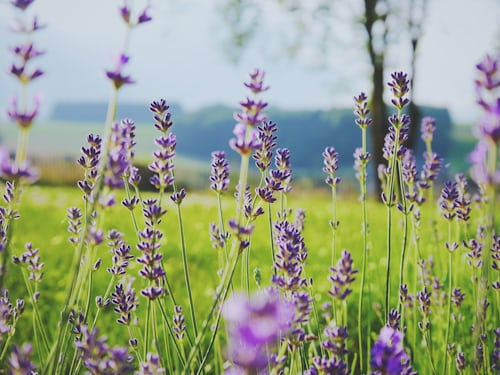 Looking for Deer-Resistant Plants Near Jasper, GA?
Looking for Deer-Resistant Plants Near Jasper, GA?
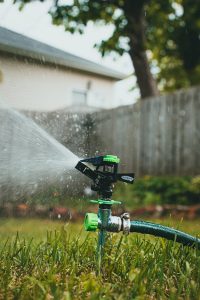

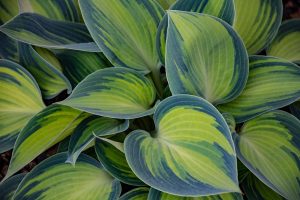

 How to Support Dormant Plants
How to Support Dormant Plants